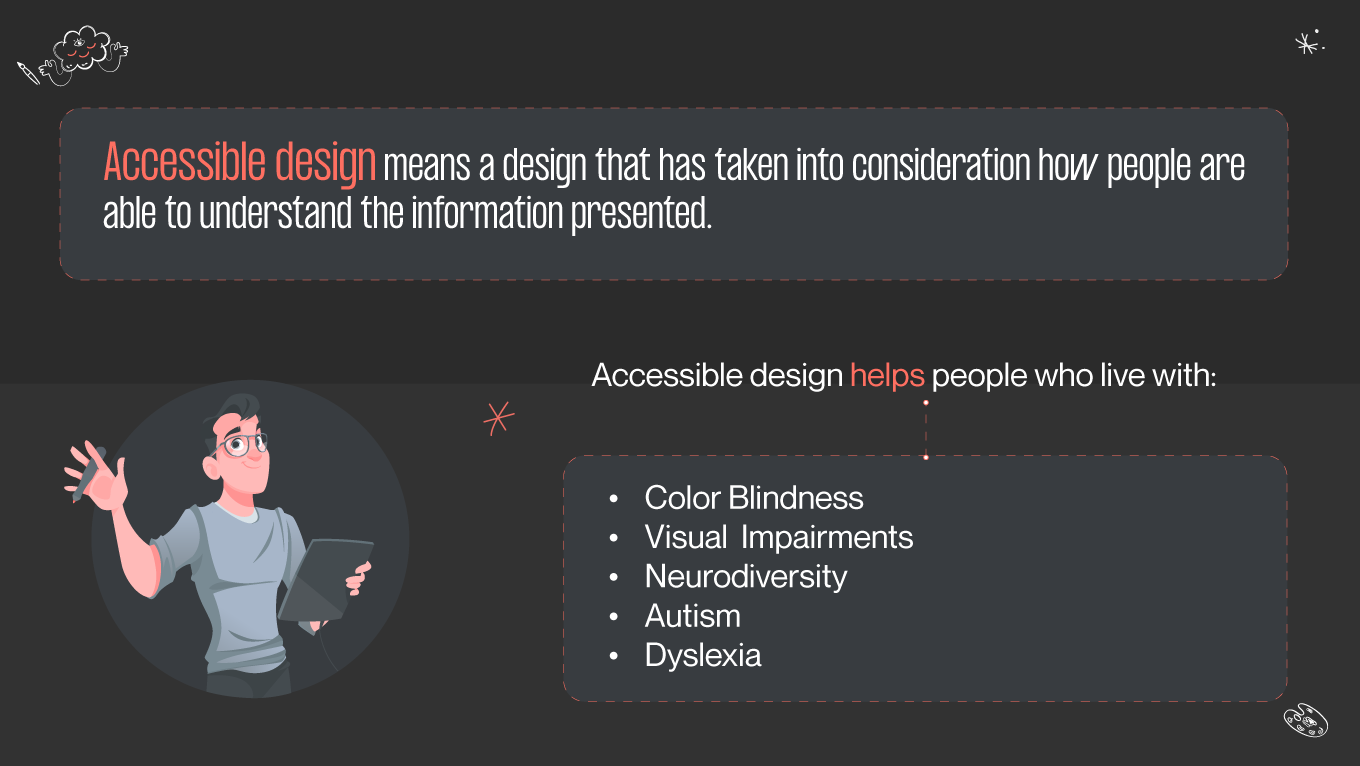Blockchain. The name itself evokes a sense of security, speed, and cryptography. Digital currency facilitates unhindered, prompt, and safer transactions. But what is its connection with design? To create blockchain designs, comprehending its foundations is crucial. Here are four blockchain design principles that we suggest following to get the most out of it.










